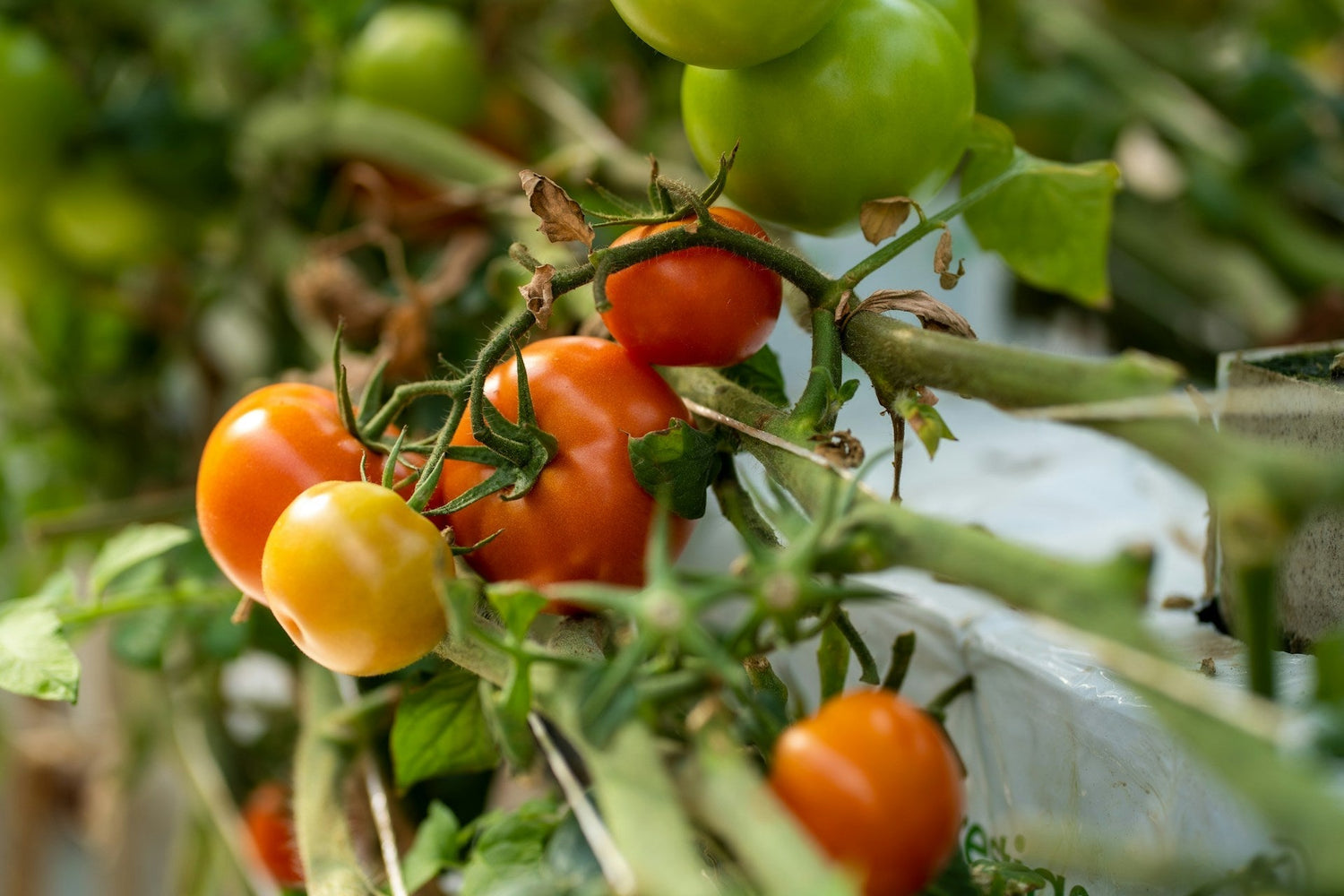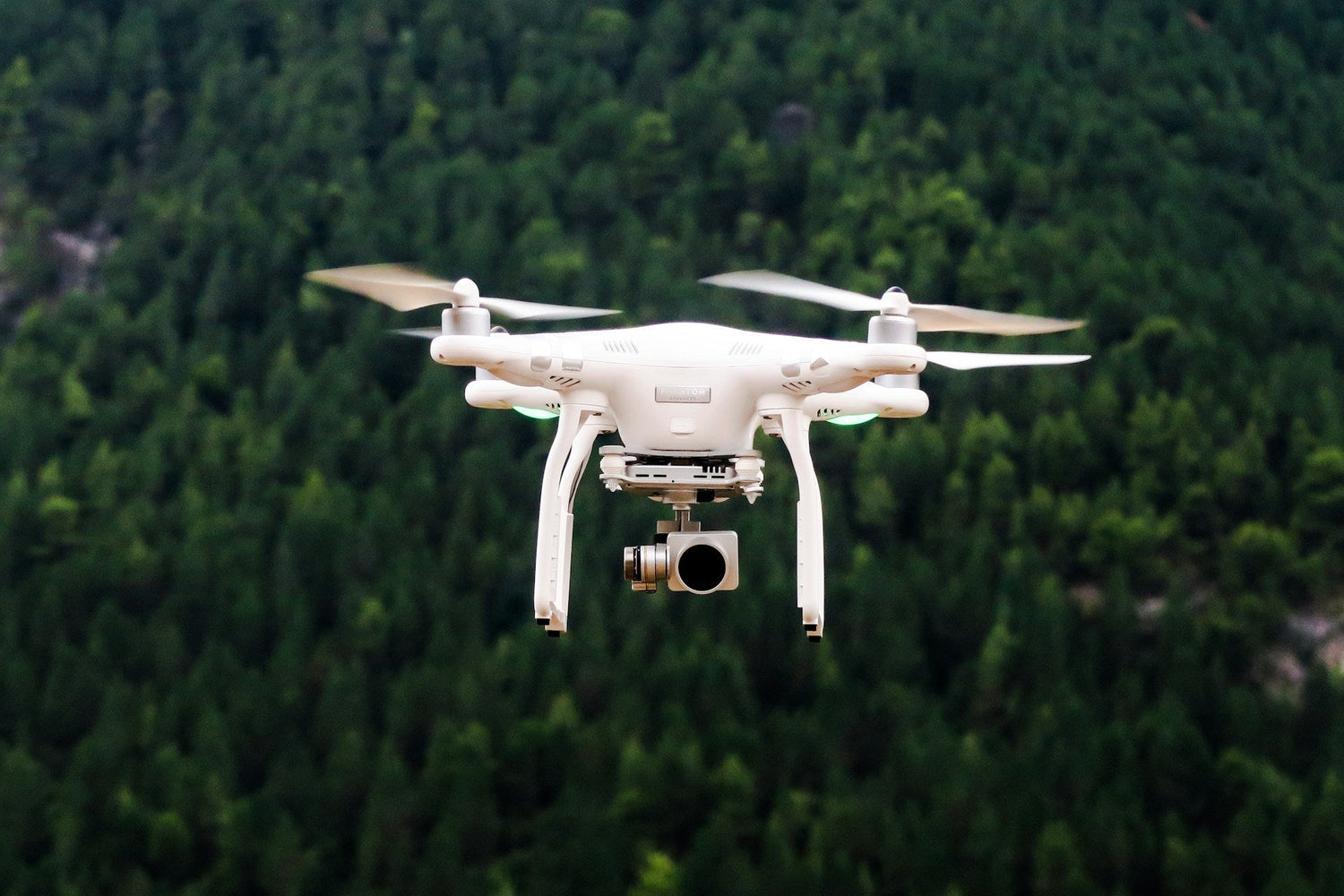👩🌾 Vinutha C N
M.Sc. Horticulture
Soil Doctor
How Technology Is Revolutionizing Indian Agriculture
Farming has always been the backbone of India’s economy, but the way it’s done is evolving fast. From traditional, labour-intensive methods to tech-powered practices, agriculture is undergoing a major transformation. Today, technology is not just a support system—it’s at the centre of modern farming. This shift is enabling farmers to improve productivity, reduce costs, and make smarter, more informed decisions.
1. Precision Agriculture
One of the most significant technological advancements in farming is precision agriculture. Using tools like GPS, drones, and sensors, farmers can now:
- Monitor soil moisture, nutrient levels, and crop health in real time
- Map their fields and apply inputs (like water and fertilizer) with pinpoint accuracy
- Reduce resource wastage and increase yield per acre
This approach minimizes guesswork and maximizes efficiency, helping farmers get the most out of every square meter of land.
2. Smart Farming Tools and Machinery
Modern machinery is becoming smarter and more efficient. Tractors, harvesters, and planters now come with:
- Automated steering systems
- Real-time diagnostics
- Remote monitoring features
These machines reduce manual labour and improve operational speed. Some even use artificial intelligence to adapt to different soil conditions or crop types.
3. Mobile Applications and Farm Management Platforms
Technology is also becoming more accessible through mobile phones. A growing number of mobile apps help farmers:
- Record farm activities
- Schedule tasks and plan harvests
- Monitor weather forecasts
- Track expenses and input usage
With internet penetration improving in rural areas, mobile apps are playing a key role in digital farming.
4. Internet of Things (IoT) in Agriculture
IoT devices—such as soil sensors, automated irrigation systems, and livestock trackers—are enabling remote farm management. These tools collect real-time data and send alerts to farmers, helping them:
- Optimize irrigation and save water
- Monitor temperature and humidity for crops or storage
- Ensure animal health and behaviour is tracked continuously
This kind of automation allows for more sustainable, efficient farming with less hands-on oversight.
5. Satellite Imagery and Drones
High-resolution satellite imagery and drone technology allow farmers to:
- Detect pest outbreaks or disease early
- Assess plant health across large fields
- Create accurate yield forecasts
These insights help farmers take corrective actions before problems get out of control, reducing crop loss and improving profitability.
6. Artificial Intelligence and Big Data
AI is being used to analyze large amounts of agricultural data—like soil reports, climate patterns, and historical yields. These insights are used to:
- Recommend optimal crop choices
- Predict market trends
- Automate decision-making during the growing season
Big Data, combined with machine learning, is helping farmers make more informed and timely choices.
Conclusion
Technology is reshaping the future of farming. With tools that provide real-time data, automate routine tasks, and support precise decision-making, Indian farmers are gaining new levels of control and confidence. As adoption grows, this digital transformation will not only improve yields and profitability but also ensure long-term sustainability in agriculture.
Download the Dhatu App
Take your farm management to the next level with the Dhatu mobile app, available on both Android and iOS:



